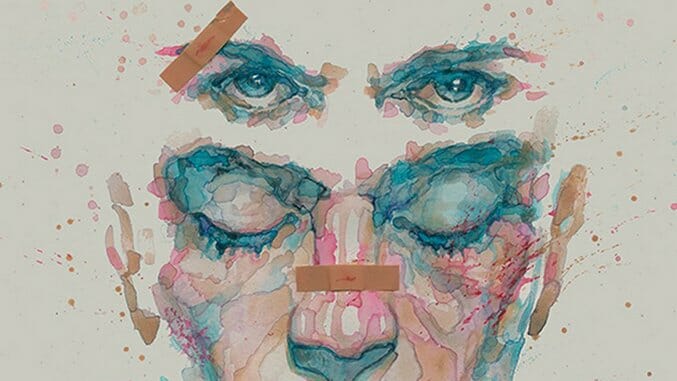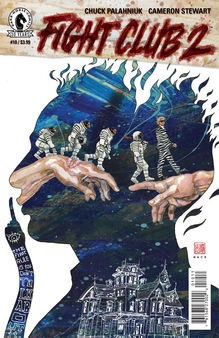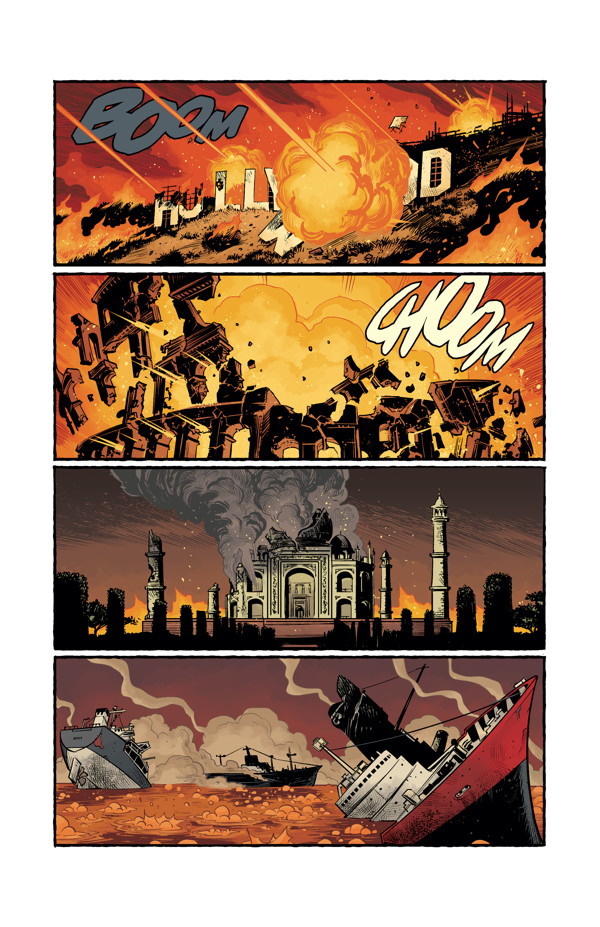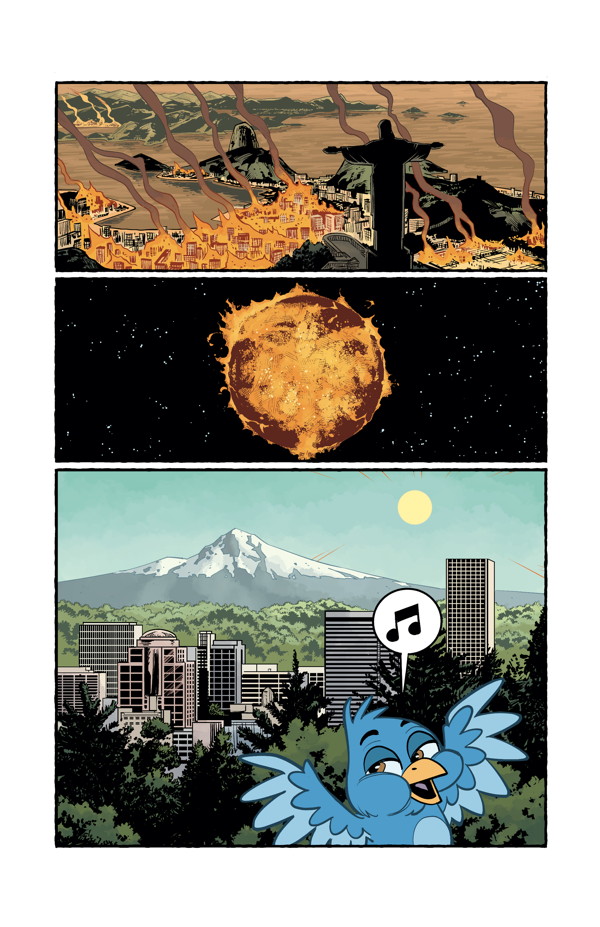Chuck Palahniuk Destroyed His Legacy With Fight Club 2 (His Best Work In Years)
Cover Art by David Mack
While addressing Chuck Palahniuk’s sixth novel, Diary, back in 2003, Salon infamously eviscerated the writer for trafficking in the “half-baked nihilism of a stoned high school student who has just discovered Nietzsche and Nine Inch Nails.”
That’s a harsh, but accurate, critique. However, it dismisses the possibility that this imagined stoner would finish a few of Palahniuk’s better novels—Fight Club, Survivor and Invisible Monsters—and get curious about what other contemporary fiction lies beyond the required reading for AP English class. Not that there’s anything wrong with Dostoyevsky, but seeing as how he was long dead ’n all, I don’t know if he had anything reassuring to say to depressed teenagers in 2003.
Someday, just like Dostoyevsky, Chuck Palahniuk will be dead. When that time comes, call me a contrarian, but I doubt we’ll talk about Palahniuk post-mortem in the same breaths as a rage-lit despot like Bret Easton Ellis, or an artful destroyer of cinematic taste like Lars von Trier, or a shit-smeared instigator like questionable punk icon GG Allin.
Despite one of his most cited stories revolving around a swimming pool masturbation mishap in which the protagonist escapes drowning by biting through his own large intestine, Palahniuk’s impact is more akin to that of J.K. Rowling; both figures led an embryonic generation to the art of reading books. Maybe in a world without Tyler Durden or Harry Potter, that same generation would’ve discovered the magic of fiction via other, possibly superior, authors. But circumstances as they are undermine the elitist conceit that there’s anything anti-intellectual about, or wrong with, accessible literature.

Fight Club 2 #10 Interior Art by Cameron Stewart
That’s not to say Palahniuk deserves unlimited free passes. The man has smashed out 16 books in almost 20 years. Unsurprisingly, they’re not all terrific! The press has made no secret of this, reflected in reviews like 2014’s Beautiful You (which I didn’t read and can’t vouch for) and 2011’s Damned (which I can confirm kind of sucks).
Within this dichotomy, two versions of Chuck Palahniuk’s legacy exist: that of a crucial gateway author who penned at least three great novels, and that of an overly ballyhooed shock scribe who lucked into a career when Hollywood adapted his first, and arguably best, work into a beloved dark comedy featuring alpha-hunk Brad Pitt.
Last summer, Palahniuk told Paste that his Random House editor predicted publishing Fight Club 2 as a comic book would “destroy whatever legacy” he had forged for himself as an author.
Maybe that was the whole idea.
Dark Horse’s 10-issue Fight Club 2, illustrated by industry darling Cameron Stewart with covers by David Mack, wrapped this week. I gave up on reading it month-to-month around issue #5, opting to form an opinion once I could soak in the confounding, manic experience all at once. For this reason, I shall wait until the already announced Fight Club 3 comes out in trade paperback before picking it up.
-

-

-

-

-

-

-

-

-

-

-

-

-

-

-

-

-

-

-

-

-

-

-

-

-

-

-

-

-

-

-

-

-

-

-

-

-

-

-

-











































